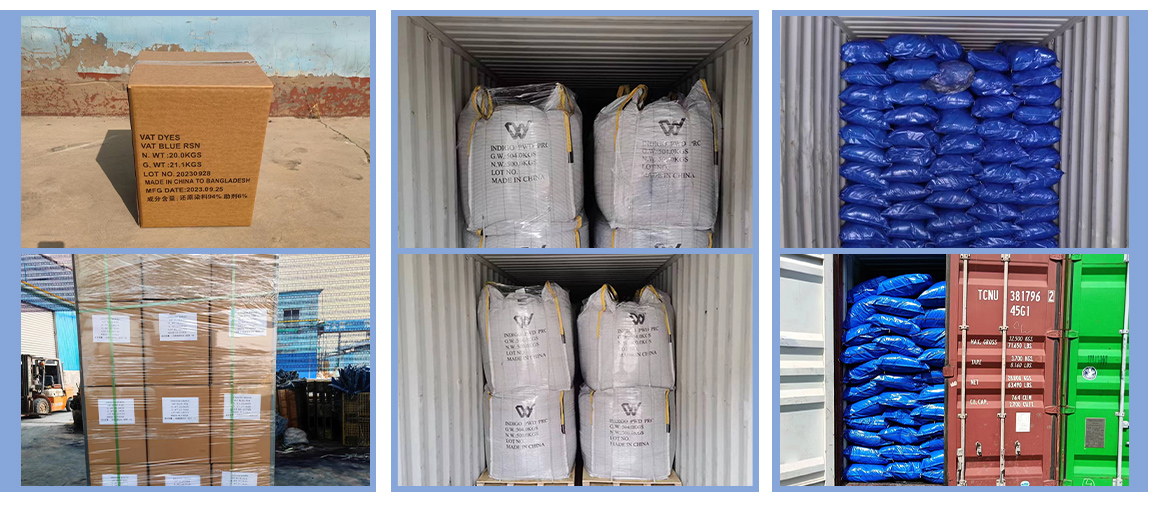natural indigo denim product
The Rich Heritage of Natural Indigo Denim
Denim has long been a staple in the fashion industry, revered for its durability and timeless appeal. However, the rising consumer demand for sustainable and eco-friendly fashion has brought natural indigo denim to the forefront. This article delves into the unique qualities, production processes, and cultural significance of natural indigo denim products.
What is Natural Indigo?
Natural indigo is a dye derived from the leaves of the Indigofera plant, which has been used for thousands of years. Unlike synthetic indigo, which is generally produced from petroleum-based chemicals, natural indigo is considered more environmentally friendly. The process of extracting the dye from the plant is labor-intensive, requiring skilled artisans who have mastered the ancient art of indigo dyeing. The resulting dye is rich in color and has a depth that synthetic dyes often lack.
The Production Process
Creating natural indigo denim involves several intricate steps. First, the indigo leaves must be harvested and fermented to convert them into a usable dye. This process can take several days and requires careful temperature and moisture control. Once the dye is ready, it is used to dye cotton fibers, which are then woven into denim fabric.
The dyeing process itself is unique, as indigo does not bond with the fabric until it is exposed to air. This means that denim is typically dyed multiple times, resulting in various shades of blue. The more times the fabric is dipped in indigo dye, the darker the resulting color will be. This technique allows for a range of hues, from light sky blue to deep navy, making each piece of natural indigo denim truly one-of-a-kind.
Benefits of Natural Indigo Denim
1. Sustainability Natural indigo denim is more eco-friendly compared to its synthetic counterparts. The production process has a lower environmental impact, and the plant-based dye is biodegradable.
natural indigo denim product

2. Chemical-Free Natural indigo dyeing does not involve harmful chemicals, making it healthier for both the environment and for the wearers of the clothing.
3. Unique Aesthetic Each piece of natural indigo denim develops a distinct character over time. As it is worn and washed, it develops a unique patina, making every garment a testament to the wearer’s personal journey.
4. Cultural Significance The use of indigo dyeing is part of various cultural heritages around the world, from traditional Japanese Shibori techniques to the vibrant textiles of West Africa. Choosing natural indigo denim allows consumers to connect with these rich histories and craft traditions.
The Future of Natural Indigo Denim
As the movement toward sustainable fashion gains momentum, natural indigo denim is becoming increasingly popular among environmentally conscious consumers. Fashion brands are beginning to recognize the value of using natural materials and traditional techniques, leading to innovative collaborations with artisans from around the world. Many of these brands are committed to ethical production practices, ensuring that the people behind the garments receive fair wages and working conditions.
Moreover, the popularity of natural indigo denim is encouraging a resurgence in traditional dyeing techniques. By celebrating artisanal craftsmanship, consumers not only acquire high-quality products but also support local communities and preserve ancient practices that might otherwise be lost.
Conclusion
Natural indigo denim represents a beautiful intersection of tradition, sustainability, and style. As consumers become more aware of their purchasing choices, the demand for products that are not only fashionable but also environmentally responsible continues to grow. Whether it’s a pair of well-fitted jeans or a classic denim jacket, investing in natural indigo denim is not just a fashion statement; it’s a commitment to a more sustainable and mindful approach to style. By embracing these powerful textiles, we celebrate culture, honor craftsmanship, and take a step toward a greener future.
-
The Timeless Art of Denim Indigo Dye
NewsJul.01,2025
-
The Rise of Sulfur Dyed Denim
NewsJul.01,2025
-
The Rich Revival of the Best Indigo Dye
NewsJul.01,2025
-
The Enduring Strength of Sulphur Black
NewsJul.01,2025
-
The Ancient Art of Chinese Indigo Dye
NewsJul.01,2025
-
Industry Power of Indigo
NewsJul.01,2025
-
Black Sulfur is Leading the Next Wave
NewsJul.01,2025

Sulphur Black
1.Name: sulphur black; Sulfur Black; Sulphur Black 1;
2.Structure formula:
3.Molecule formula: C6H4N2O5
4.CAS No.: 1326-82-5
5.HS code: 32041911
6.Product specification:Appearance:black phosphorus flakes; black liquid

Bromo Indigo; Vat Bromo-Indigo; C.I.Vat Blue 5
1.Name: Bromo indigo; Vat bromo-indigo; C.I.Vat blue 5;
2.Structure formula:
3.Molecule formula: C16H6Br4N2O2
4.CAS No.: 2475-31-2
5.HS code: 3204151000 6.Major usage and instruction: Be mainly used to dye cotton fabrics.

Indigo Blue Vat Blue
1.Name: indigo blue,vat blue 1,
2.Structure formula:
3.Molecule formula: C16H10N2O2
4.. CAS No.: 482-89-3
5.Molecule weight: 262.62
6.HS code: 3204151000
7.Major usage and instruction: Be mainly used to dye cotton fabrics.

